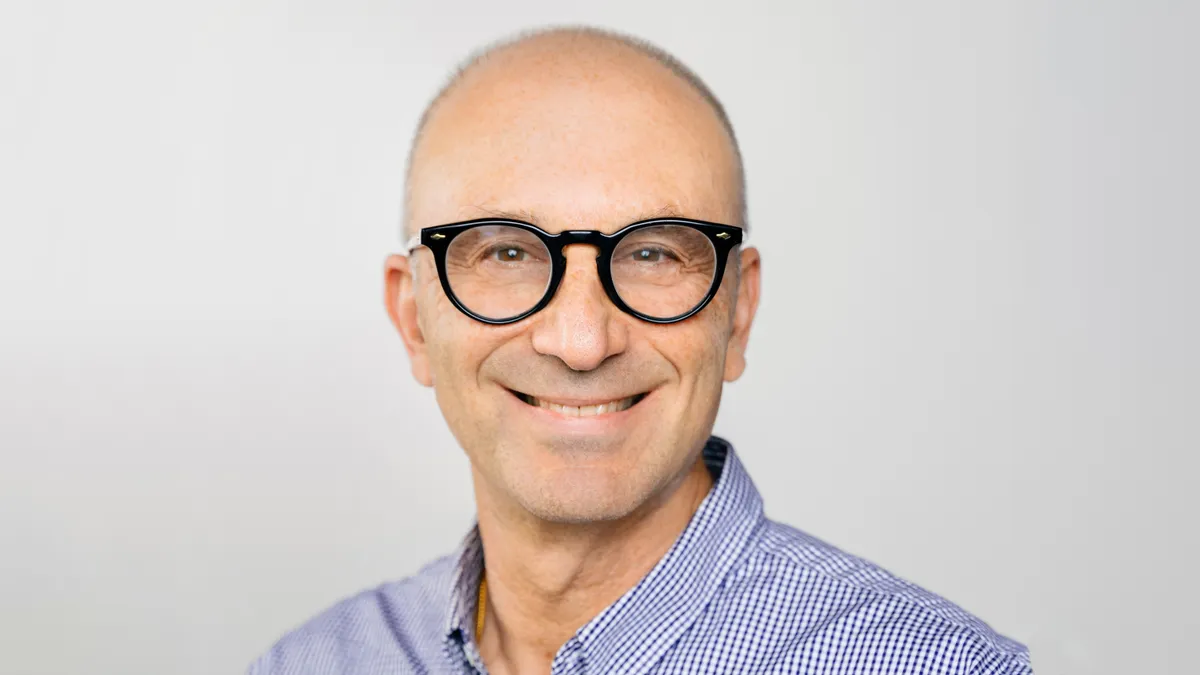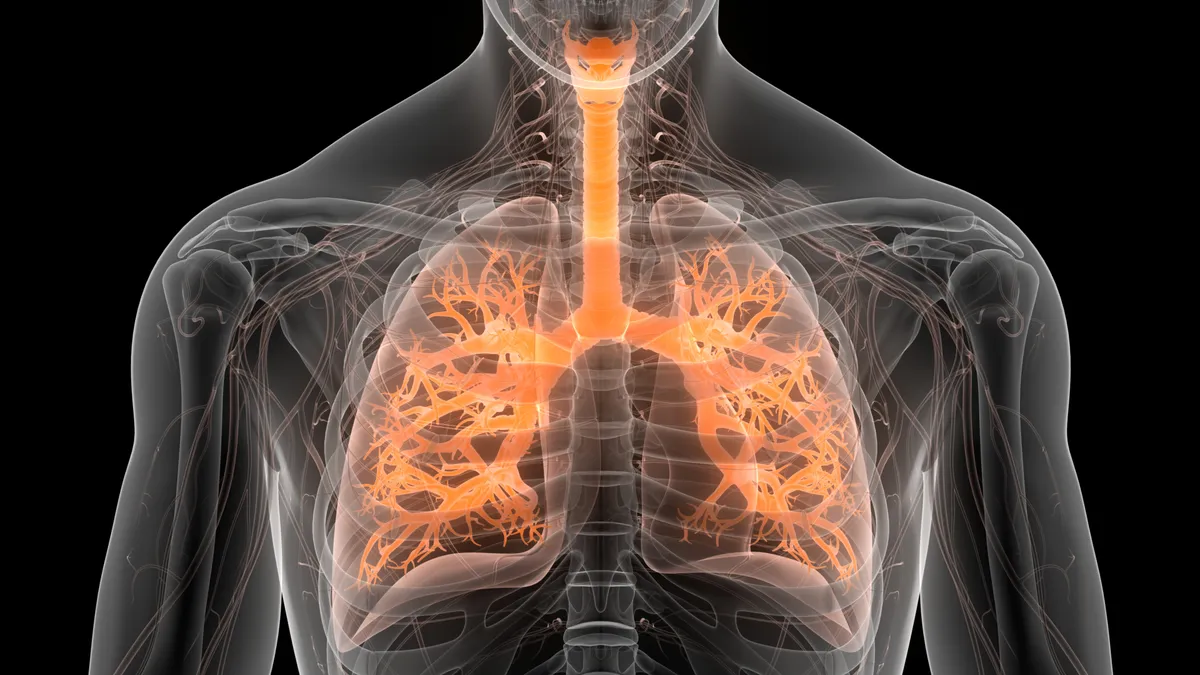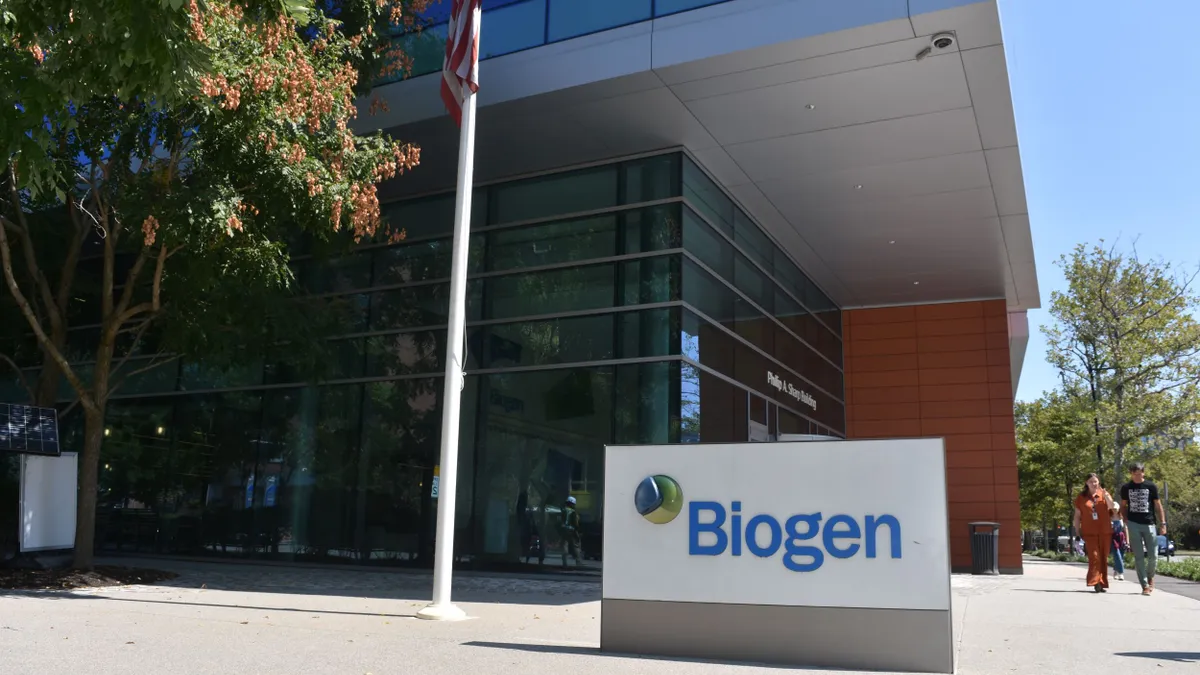The grim toll of opioids has gripped the country in recent years, but the age-old challenge of alcoholism still kills more Americans than heroin, fentanyl or other drugs annually.
Alcohol use disorder affects nearly 30 million people in the U.S. and drinking escalated during the pandemic, triggering a 25% rise in deaths between 2019 and 2020. And worldwide, alcohol kills a staggering three million people every year, representing 5.6% of global deaths.

While there are a handful of medications approved to treat alcohol use disorder (AUD) in the U.S., they often fall short, producing only modest or inconsistent results. These drugs include acamprosate, which targets neurotransmitters in the brain to prevent cravings, and naltrexone drugs Revia and Vivitrol. Naltrexone is better known as a treatment for opioid use disorder, but it can also block the buzz from alcohol.
Another drug, Antabuse takes a harsher approach by making the user physically sick with a headache and vomiting if they take a drink. While the effect may be dramatic, there’s not much evidence it helps change the course of AUD. This leaves much unmet need in what could potentially be a multi-billion dollar market.
“Available treatments today are not working,” said Emmanuel de Rivoire, CEO of France-based Kinnov Therapeutics, a clinical-stage company focused on treatments for addiction.
But Kinnov is hoping to change that with its investigational AUD drug, KT-110, which spurred the heaviest drinkers in a phase 2 trial to reduce their drinking by half over three months. Participants in the trial drank two-and-a-half to three drinks fewer than those taking the placebo and five drinks fewer than their baseline at the start. It also improved measures of depression.
“We are now talking about a much bigger effect than the existing alternatives,” de Rivoire said.
A novel mechanism
KT-110 combines two existing drugs — prazosin, a blood pressure drug, and cyproheptadine, an antihistamine — to target two brain receptors 5-HT2 and alpha1-adrenergic. Because the receptors play a role in stimulating dopamine production, a critical part of the reward system in the brain that drives addiction, the drug helps regulate the dysfunctional reward system in people with AUD. The goal is to provide a once-daily tablet to the heaviest drinkers, a designation that includes 11 million people in the U.S. and Europe, de Rivoire said.
“We want to focus on very severe patients because the greatest medical need is [in] the relationship between the number of drinks and mortality,” he said.
Kinnov officials are now in talks with the FDA and European regulators to move the drug into late-stage trials.
“We hope that we can start phase 3 at the end of 2024 or early 2025,” he said. “In the meantime, we are trying to find partners, because we are a very small company and with our present structure, we cannot afford to manage two big trials.”
A new benchmark
If approved, KT-110 could potentially benefit people with the most severe form of AUD and change how regulators measure drug efficacy in the U.S. Historically, the focus has been on how long medications can help people stay sober. However, de Rivoire wants to shift toward reducing intake. Cutting alcohol consumption, particularly among the heaviest users, can substantially reduce alcohol-related illnesses and deaths.
The FDA is deciding whether decreasing alcohol consumption should be a relevant endpoint, de Rivoire said.
“KT100, once in the U.S. market, will probably be the first product for which the assessment will be based on this new treatment strategy,” de Rivoire said.
"We are a very small team, but we are passionate about this disease, and all the decisions we make are driven by the wish for this product to come to patients."

Emmanuel de Rivoire
CEO, Kinnov Therapeutics
Taking a reduction approach may encourage more people to enter treatment.
“Fifty percent of the high drinkers refuse to consider abstinence,” he said.
But they may consider a drug that will help them cut down, putting them on a path toward recovery. Only around 10% of patients with AUD get treatment, so the hope is to expand the treatment market to capture 20% or 25%, de Rivoire said.
Because it has a broad mechanism, KT-100 could also be used to treat other addictions and conditions. The company is exploring whether it might also help nicotine or cocaine-use disorders and post-traumatic stress disorder. Kinnov also has another small molecule, KT-333, in preclinical testing for AUD.
Kinnov isn’t the only company with a drug for AUD in the works. Researchers at Oklahoma State University are testing whether semaglutide in weight loss drugs like Wegovy and Ozempic could help people curb their drinking. Several other drugs are also in the pipeline, including a genetically-targeted drug in phase 3 from Adial Pharmaceuticals and a naltrexone nasal spray in phase 2 from Indivior.
Ultimately for Kinnov, the goal is to finally offer a viable tool in the efforts to reduce alcohol-related deaths.
“We are a very small team, but we are passionate about this disease, and all the decisions we make are driven by the wish for this product to come to patients,” de Rivoire said.



















